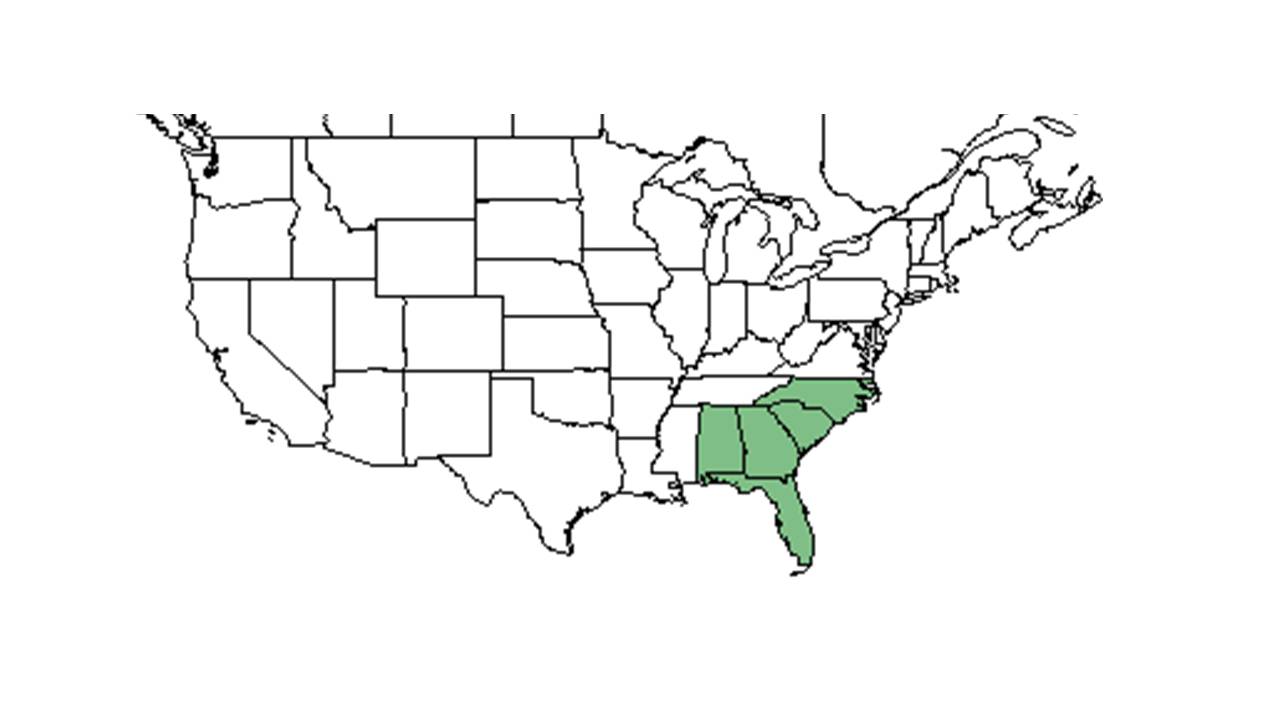Difference between revisions of "Euphorbia curtisii"
(→Description) |
|||
| Line 19: | Line 19: | ||
==Description== | ==Description== | ||
<!-- Basic life history facts such as annual/perrenial, monoecious/dioecious, root morphology, seed type, etc. --> | <!-- Basic life history facts such as annual/perrenial, monoecious/dioecious, root morphology, seed type, etc. --> | ||
| + | Common Name: Curtis' spurge | ||
| + | |||
==Distribution== | ==Distribution== | ||
==Ecology== | ==Ecology== | ||
Revision as of 18:13, 2 July 2015
| Euphorbia curtisii | |
|---|---|

| |
| Scientific classification | |
| Kingdom: | Plantae |
| Division: | Magnoliophyta - Flowering plants |
| Class: | Magnoliopsida – Dicotyledons |
| Order: | Euphorbiales |
| Family: | Euphorbiaceae |
| Genus: | Euphorbia |
| Species: | E. curtisii |
| Binomial name | |
| Euphorbia curtisii Engelm. | |

| |
| Natural range of Euphorbia curtisii from USDA NRCS Plants Database. | |
Contents
Description
Common Name: Curtis' spurge
Distribution
Ecology
E. curtisii was absent before herbicide treatments near the end of the growing season but present after. This might be because of increased availability of resources.[1]
Habitat
Phenology
Seed dispersal
Seed bank and germination
Fire ecology
Pollination
Use by animals
Diseases and parasites
Conservation and Management
Cultivation and restoration
Photo Gallery
References and notes
- ↑ Bohn, K. K., P. Minogue, et al. (2011). "Control of invasive Japanese Climbing Fern (Lygodium japonicum) and response of native ground cover during restoration of a disturbed longleaf pine ecosystem." Ecological Restoration 29: 346-356.